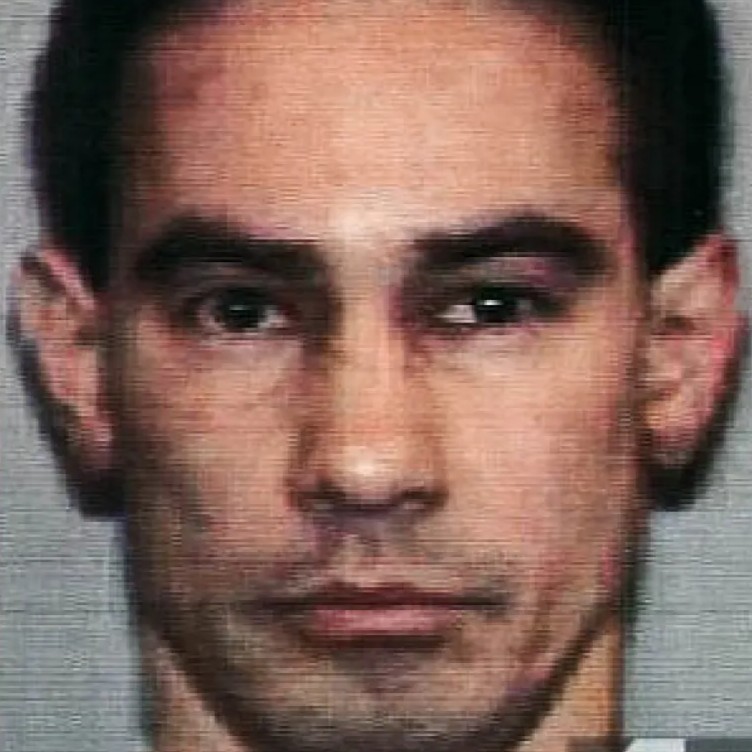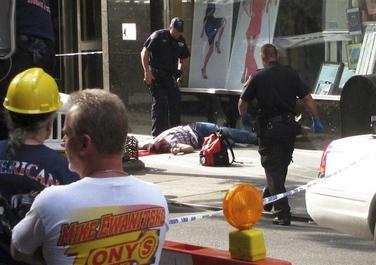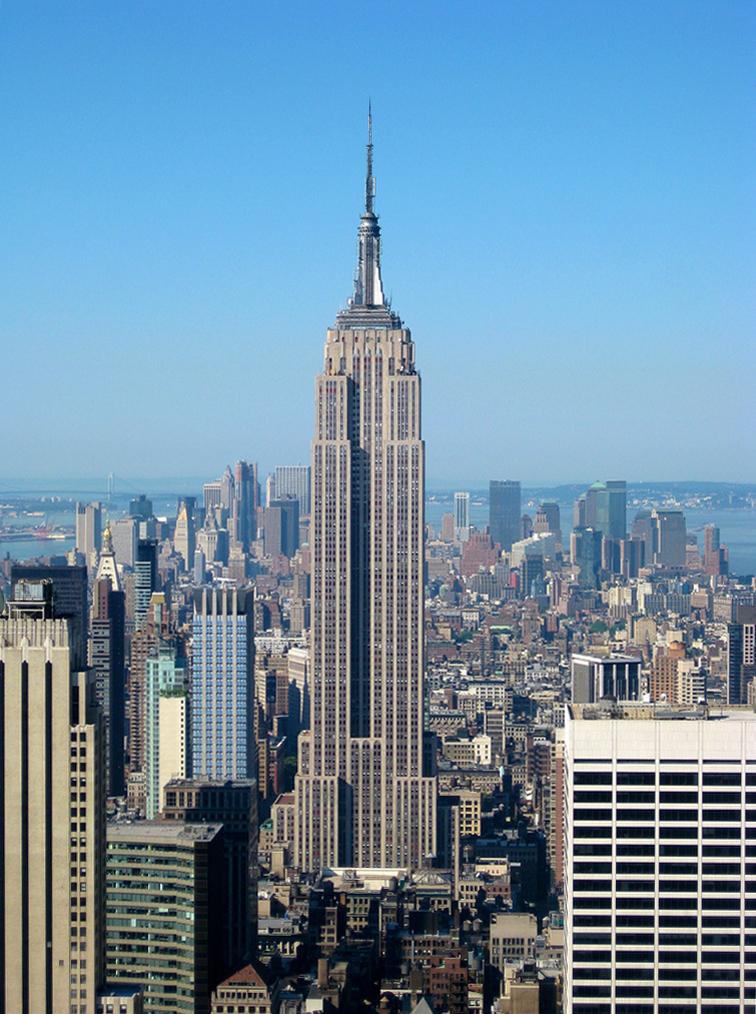
d: 2012
Jeffrey T. Johnson
Summary
Name:
Jeffrey T. JohnsonYears Active:
2012Status:
DeceasedClass:
MurdererVictims:
1Method:
ShootingDeath:
August 24, 2012Nationality:
USA
d: 2012
Jeffrey T. Johnson
Summary: Murderer
Name:
Jeffrey T. JohnsonStatus:
DeceasedVictims:
1Method:
ShootingNationality:
USADeath:
August 24, 2012Years Active:
2012bio
Jeffrey T. Johnson was born in Japan in 1953 to a Japanese mother and an American father. When he was just 10 months old, his family moved to the United States, and he grew up in Gainesville, Georgia. After completing high school, Johnson served in the U.S. Coast Guard from 1973 to 1977 and was honorably discharged with the rank of petty officer second class.
Following his military service, Johnson pursued an education in the arts, attending the Ringling College of Art and Design in Sarasota, Florida from 1978 to 1980. He later founded his own T-shirt design business named St. Jolly’s Art. Johnson eventually relocated to New York City, where he worked as a women's apparel designer at Hazan Imports, located on East 33rd Street in Manhattan. He held this job for six years until he was laid off in 2011 due to downsizing.
By all outward appearances, Johnson lived a quiet and solitary life. He resided alone in a walk-up apartment on Manhattan’s Upper East Side and was described by neighbors and his building’s superintendent as a polite, well-dressed man who kept to himself. He had no criminal record or known psychiatric history. Johnson was also an active participant in New York City's birdwatching community, regularly photographing hawks in Central Park and contributing images to birding blogs.
Despite his calm exterior, tensions had been building beneath the surface. After his layoff, Johnson’s financial situation worsened, and he was reportedly facing eviction from his apartment. He blamed a former co-worker, Steven Ercolino, for his professional and financial decline. The two men had a hostile history, including mutual harassment complaints and physical confrontations. Johnson reportedly threatened Ercolino multiple times, including a direct death threat made in an elevator confrontation in 2011. Although he no longer worked at Hazan Imports, Johnson continued to visit the office, where his interactions with Ercolino remained combative.
murder story
On the morning of August 24, 2012, Jeffrey T. Johnson arrived outside the Empire State Building, carrying a briefcase that concealed a .45-caliber semiautomatic handgun. At approximately 9:03 a.m., he emerged from behind a van near the building’s 33rd Street entrance and approached 41-year-old Steven Ercolino, his former co-worker and vice president at Hazan Imports. Without speaking, Johnson pointed the handgun at Ercolino’s head and fired one shot. After Ercolino collapsed to the ground, Johnson stood over him and fired four more rounds into his body, killing him instantly.

In the immediate chaos that followed, pedestrians screamed and fled. Johnson calmly placed his weapon back into his briefcase and walked away from the scene. A construction worker witnessed the shooting and discreetly followed Johnson as he made his way east on 33rd Street and then north on Fifth Avenue. The worker alerted police officers stationed near the Empire State Building’s entrance.
When officers Craig Matthews and Robert Sinishtaj confronted Johnson and ordered him to stop, Johnson pulled out his weapon but did not fire. The officers responded immediately with gunfire, discharging 16 rounds in total — Matthews fired seven rounds and Sinishtaj fired nine. Johnson was killed on the spot.
In the shootout, nine bystanders were injured. Three were struck directly by police bullets, while the remaining injuries resulted from fragments of ricocheting bullets or debris. The victims, five women and four men between the ages of 20 and 43, were transported to Bellevue Hospital and NewYork–Presbyterian Hospital. Thankfully, all nine survived and six were released by the end of the day.

Johnson’s handgun, legally purchased in Florida in 1991, still had two rounds remaining. Additional ammunition was found in his briefcase. Though the weapon was legally owned, Johnson did not have a permit to carry it in New York City. Surveillance footage released by the NYPD showed Johnson pulling the gun on police before being shot. A second video filmed by a tourist showed the aftermath, including civilians ducking for cover and officers securing the scene.
In the days following the incident, New York Police Commissioner Ray Kelly confirmed that all civilian injuries were caused by police bullets, igniting public discussion about firearm safety and police tactics in crowded urban environments.
By 2017, several victims continued to report long-term physical and psychological effects from the shooting. They pursued legal action against the NYPD, seeking accountability for the injuries caused during Johnson’s takedown. The Empire State Building shooting remains a tragic example of workplace violence that escalated into a public shooting — and one of the rare cases where nearly all victims were injured unintentionally by police.